Books
When oral histories become the archive
‘10 People's Stories’ traces everyday lives, lost traditions, and the subtle shifts in Nepal’s social and cultural fabric.
Aarya Chand
10 People's Stories’ is a compilation of oral histories from the town of Panauti, written by Sunil Sainju and transcribed from Newa language to Nepali by Prashant Shrestha. The book brings together stories of ten individuals, mostly from the 1970s, reflecting the lives of people who witnessed and shaped the socio-cultural fabric of the town. Although framed as a historical collection, the book offers more of a personal and selective curation of memories rather than a comprehensive community chronicle.
The context of how and why these ten individuals were chosen remains somewhat ambiguous. It is only through reading that we understand that one of the stories features Shrestha’s own grandfather, and another subject, Gwancha Bajya, is someone he encountered, prompting the idea of documenting these stories in the first place. This makes it evident that the book is born from personal connections and observations rather than broad community sampling. As most stories centre around places like Yalanche Tole and Agha Tole, it would be inaccurate to regard the book as fully representative of Panauti. Still, it preserves memories effectively of parts of the town that may otherwise be overlooked.
The first story, narrated in the third person, introduces Shrestha’s grandfather. The relationship is not immediately clear to the reader, becoming evident only in the final pages. The narrative highlights a recurring dynamic in many Nepali households—how, in times of financial difficulty, it is often the women who provide support, whether by contributing savings or selling personal belongings such as jewellery. In this story, it is the protagonist’s younger sister whose money is used to purchase the mill, subtly emphasising the often-overlooked financial role women have played within families, both in the past and today.
One of the strengths of the book lies in its effort to preserve and explain linguistic heritage. Throughout, we find footnotes and glossaries that define local Newa terms such as Ghata (traditional mill), Patis (a resting place built in the medieval era), Pathi, and Paisa (traditional units of measurement and currency). These not only help contextualise the stories but also introduce non-native readers to the linguistic and cultural subtleties of the region. However, this effort is inconsistent. In later chapters, such definitions are either missing or incomplete. For example, the term Kusle Baja appears without explanation in the chapter on musician Ganesh Man. Perhaps the omission was symbolic which meant to reflect the instrument’s disappearance in today’s time but it still affects clarity.
Environmental themes emerge in the story of Gwancha Bajya, a lifelong fisherman. His childhood memory of catching 15 kilograms of fish in a single day contrasts sharply with the present state of the river, now polluted by domestic waste and agricultural runoff. His narrative indirectly raises awareness of environmental degradation, urging readers to reflect on the long-term consequences of modernisation and the urgent need for sustainable practices.
The book does not avoid topics such as patriarchy and gender expectations. In the story of Bhakta Kumari Thapa, the fourth wife of Dev Bahadur Thapa, we learn that he remarried multiple times because his previous three wives were unable to bear children. While the narrative does not explicitly mention marginalisation, it reflects the social expectation placed on women to become mothers, and how their value was often linked to fertility—a pressure that, in many ways, still persists today. Her situation speaks volumes about the cultural pressures on women and reflects ongoing societal patterns. The story also references Makar Mela, a significant local festival, but offers only limited information about it. Readers unfamiliar with the event might feel underserved, especially since the ninth Makar Mela is described with intrigue but no timeline. In reality, the festival is celebrated every twelve years in Magh (mid-January to early February), a fact not clarified within the text.
A particularly compelling story is that of Madhav Narayan, a political activist who survived being thrown into a well during Nepal’s struggle for democracy. His personal account, including cooking food for others but not being allowed to eat, reveals enduring hierarchies and power dynamics. The image of a man emerging from a well may even remind some readers of Haruki Murakami’s fiction, where wells often serve as metaphors for isolation, introspection, or transformation. Unlike Murakami’s surrealism, however, Madhav Narayan’s experience is rooted in lived political reality. Viewed through a Marxist lens, his narrative reflects labour exploitation and inequality. Though historical, it holds strong relevance today, reminding readers that structural disparities still persist.
Cultural preservation is foregrounded in the chapter about Ganesh Man, a musician who revived the Panauti Devi Nach after more than two decades. As a master of the Nau Baja (a traditional nine-instrument ensemble), his dedication to heritage and local music is evident. The chapter also introduces readers to places like the Indreshwor Mahadev Temple and local music festivals.The chapter provides a rich picture of Panauti’s cultural life.
The meeting between Ananta Madhikarmi and Emeritus research director Gèrard Toffin adds a cross-cultural dimension to the book. Their collaboration led to Panauti receiving attention in France and the eventual implementation of a restoration project supported by French cooperation. The story demonstrates how friendship can transcend language and cultural boundaries.
As the book progresses, however, some stories feel less developed. The chapter on Rita Tyata, for instance, mostly focuses on her religious fasting and its connection to familial permission, yet reveals little else about her personal life or contributions. While it does inform readers that medicines were available in Nepal during the 1980s—a detail some may not be aware of—the portrayal remains narrowly focused.
Hari Sundar Sainju’s chapter, however, offers depth through a discussion on photography. His statement—“Photographs encapsulate memories. Photos gratify us when we see them again later”—feels particularly apt for the book itself. The preservation of these oral histories, much like photographs, allows future generations to access a past they never lived. Anecdotes like Pokhara having only five or six hotels in 1974 provide readers with valuable insights into Nepal’s changing economy, especially when juxtaposed with today’s tourism industry.
The penultimate story discusses the founding of the Gyan Bikas library by Thakur Bhakta Karmacharya, whose visit to Russia and support from the Indian Embassy allowed for the creation of a community learning space. Furniture and books were sourced from the Soviet Friendship Library, revealing the intersection of global politics and local initiatives.
The final chapter highlights Laxmi Narayan Karmacharya’s journey from volunteering in medical camps to working in Singha Durbar. His path shows how local engagement can lead to wider responsibilities. Indeed, had the book followed the subjects’ birth years, the historical progression might have felt more coherent.
‘10 People's Stories’ stands as a modest yet meaningful effort to document the lived experiences of individuals from Panauti. Though not a complete portrayal of the town, it preserves valuable fragments of local history—its photographs enrich the narratives by bridging past and present in ways text alone cannot. Through Sunil Sainju’s writing and Prashant Shrestha’s transcription from Newa to Nepali, the book bridges generational and linguistic gaps too. Its value lies in prompting reflection—on the shifts in society, environment, and cultural memory—and in encouraging similar storytelling efforts in other regions.
After reading it, I have felt inspired to begin collecting stories from people in my own far-western community, to ensure that their voices and histories are also documented before they fade from memory. For readers interested in local histories and everyday narratives often left out of mainstream accounts, this collection offers a valuable point of departure.
10 People's Stories
Authors: Sunil Sainju and Prasant Shrestha
Publisher: Panauti Municipality
Year: 2024




 12.12°C Kathmandu
12.12°C Kathmandu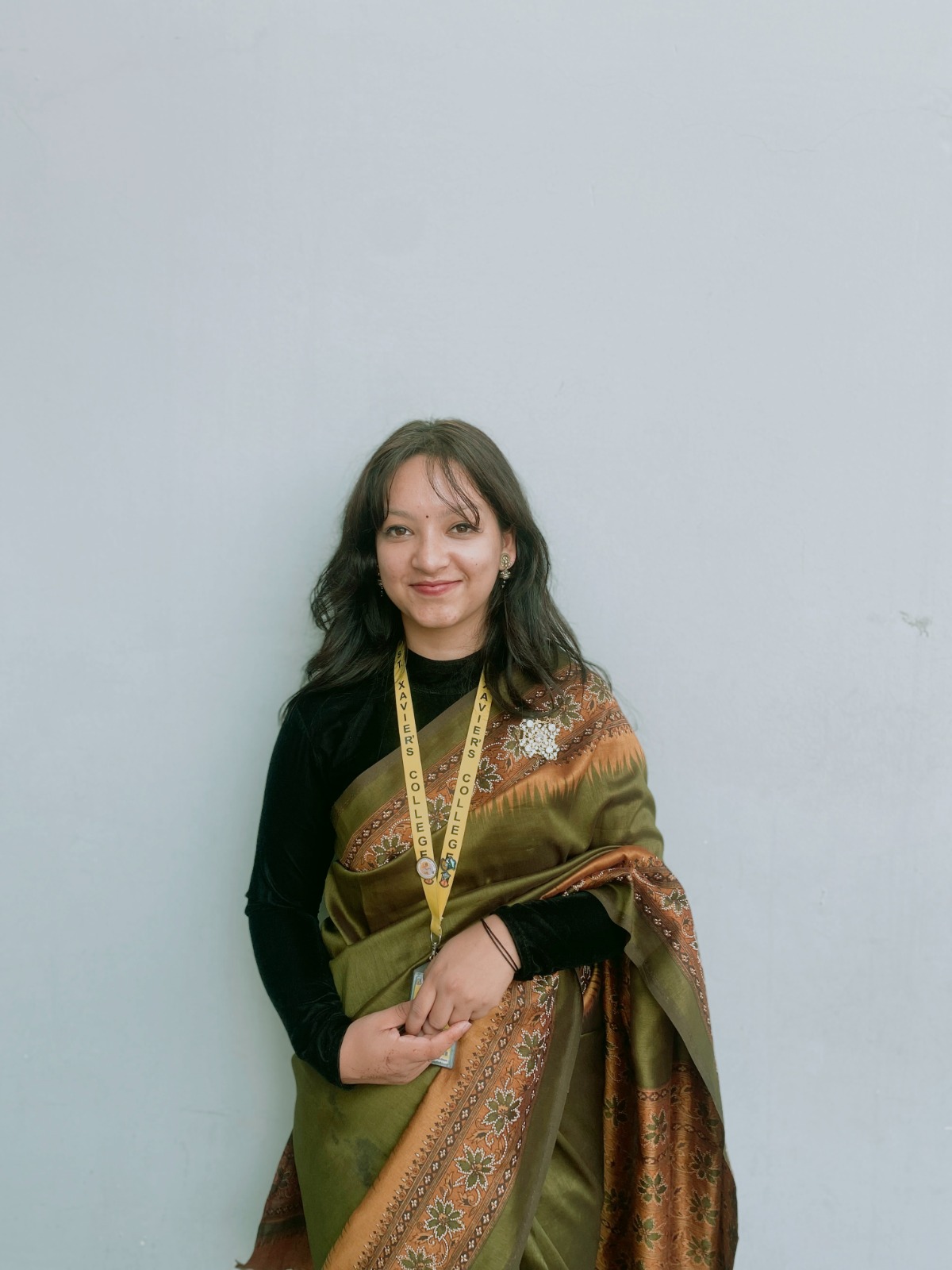
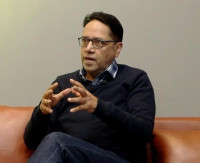
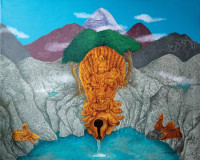
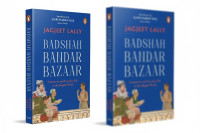

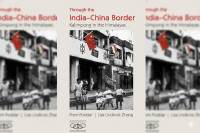

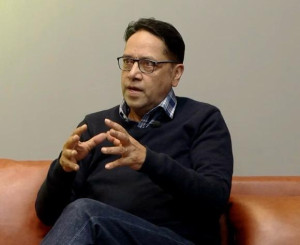


%20(1).jpg&w=300&height=200)

